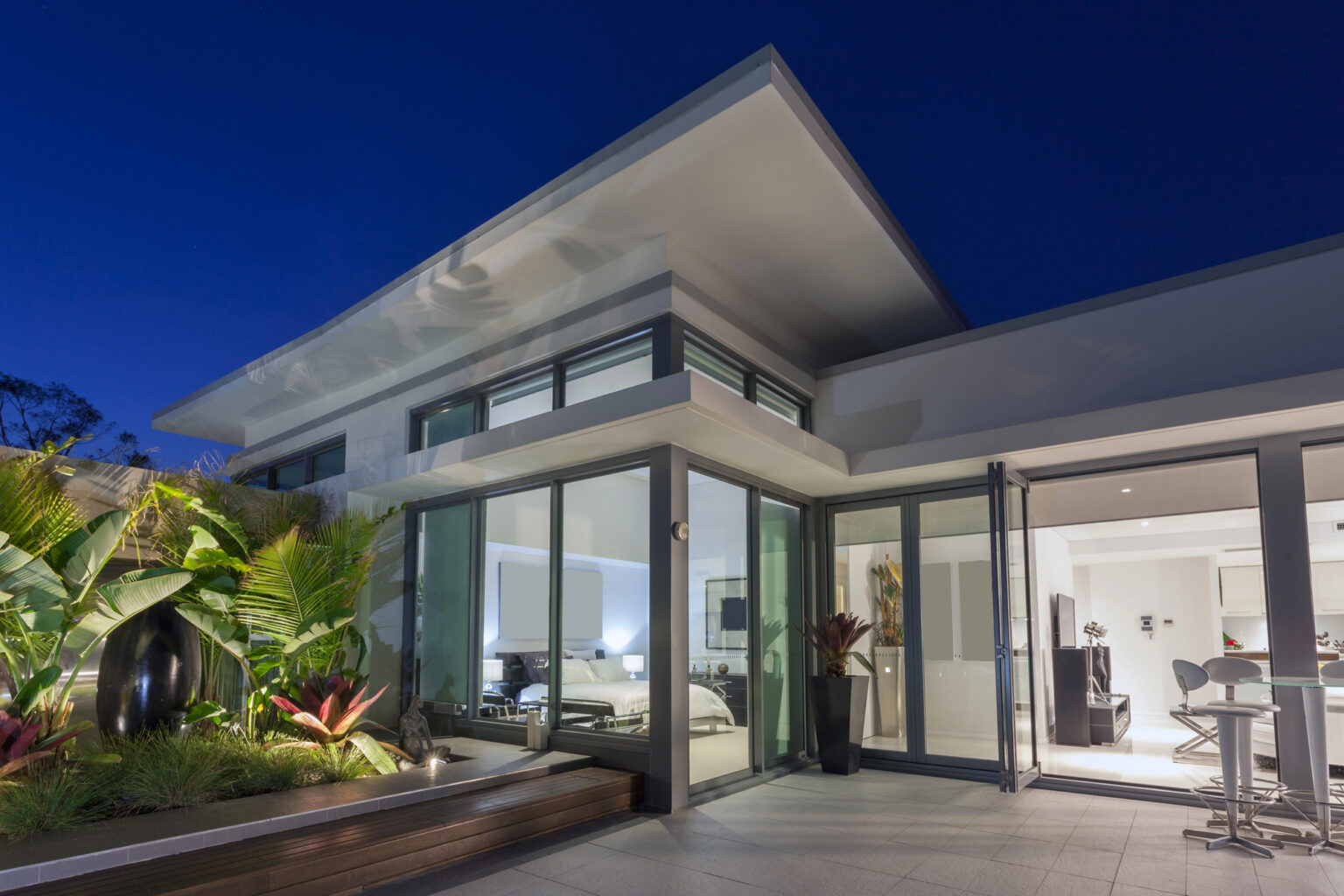It is no longer just another buzzword; in fact, buildings that can provide the right kind of credentials stand head and shoulders over those that cannot. One material in particular has been making waves in the world of residential construction, where it truly pays to think about the future: aluminium.
From strength and flexibility to recyclability and energy efficiency, aluminium windows and doors are becoming the first choice for architects, contractors, and developers seeking to future-proof their constructions.
Built to Perform—Built to Last
Aluminium is incredibly durable and retains its integrity under the most extreme building conditions. Unlike wood, which rots, or PVC, which warps with age, aluminium maintains its shape under pressure — environmental and structural. This strength makes it perfect for residential buildings.
But performance is not only about strength. It’s also about protection. These days, modern projects tend to need higher fire safety standards. That’s where fire rated windows come in. Aluprof’s systems unite elegant aluminium profiles with certified fire-resistant properties, preventing the spread of flames while maintaining visibility and daylight.
Energy Efficiency That Doesn’t Sacrifice Style
Aluminium constructions are not only about grunge design anymore. With thermal break solutions and glass technology, this means that today’s aluminium products can have fantastic thermal performance. In practice, it spells lower energy costs for end users, something to keep your client and the tenants happy.
Aluprof aluminium profiles are manufactured with energy performance in mind. Solutions such as MB-86N or MB-79N fit harmoniously into both minimalist and statement architectural concepts, providing energy efficiency without compromising on creativity.
The Sustainability Factor: Why Aluminium Scores Big

For construction professionals who are in the know, who are aiming for those green building certificates (BREEAM, LEED), the answer is clear: aluminium provides huge sustainability wins. It is the most recycled product in the world, and 75% of all the aluminium ever produced is still in use today.
This closed-loop life cycle is extremely valuable in the context of today’s strategies to lower carbon footprints. Add that to Aluprof’s continued innovation in low-carbon manufacture, and you have a material that sits right at the centre of the circular economy model — something that is rapidly becoming necessary in urban development and architectural design.
Functionality Meets Flexibility
Aluminium frames are adaptable, supporting a variety of opening types, ranging from tilt-and-turn windows to sliding and folding doors. This makes them well-suited to contemporary mixed-use buildings, where space, air movement, and user comfort must work in harmony.
In construction, natural light is key not only for aesthetics but also for well-being. Aluminium’s slim sightlines maximise glazing area, allowing light to pour in without sacrificing high insulation values. It’s a double win for form and function.
Let’s Talk Longevity and Value
Aside from sustainability, the lifecycle cost is relevant too. Aluminium window and door systems are low maintenance and provide value in the long run — two aspects that building owners and investors don’t take lightly.
Coupled with the escalating demand for compliance with fire safety regulations, it’s clear that specifying systems such as Aluprof’s fire-rated windows is more than a safety enhancement; it’s a smart business move.
Thinking Ahead Pays Off
In an industry with tight schedules and high stakes, the optimum solution looks to the future. Aluminium’s flexibility, strength, and environmental footprint place it beyond mere trendiness — it’s a long-term strategy for the building of the future.
Whatever form of home building is being constructed, aluminium systems will do the trick. Not to mention, Aluprof is at the forefront of demonstrating how far they’re capable of reaching.
[AD]
0
Related
Read the full article here


